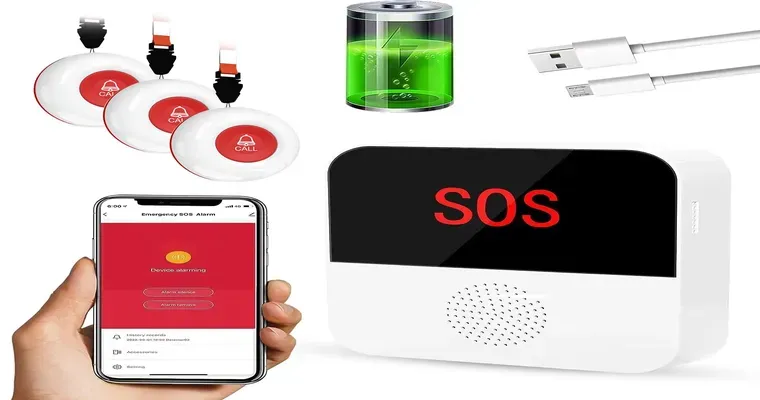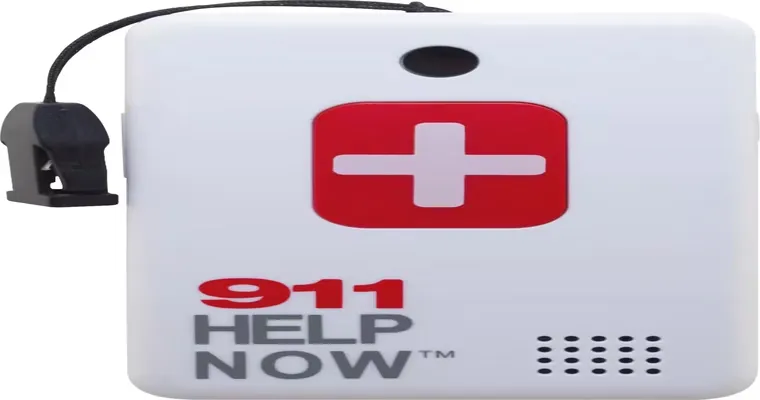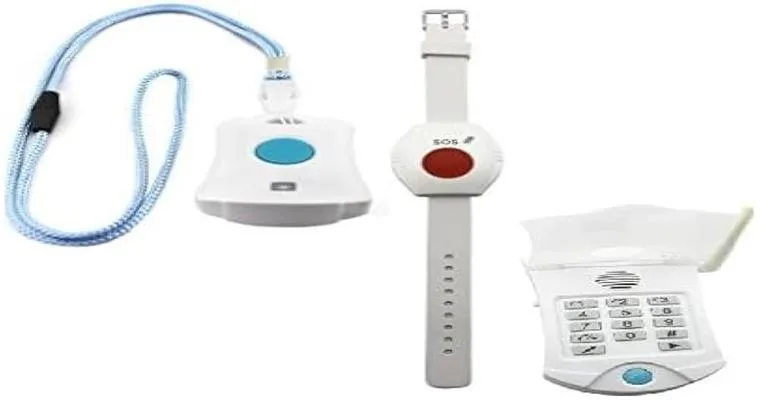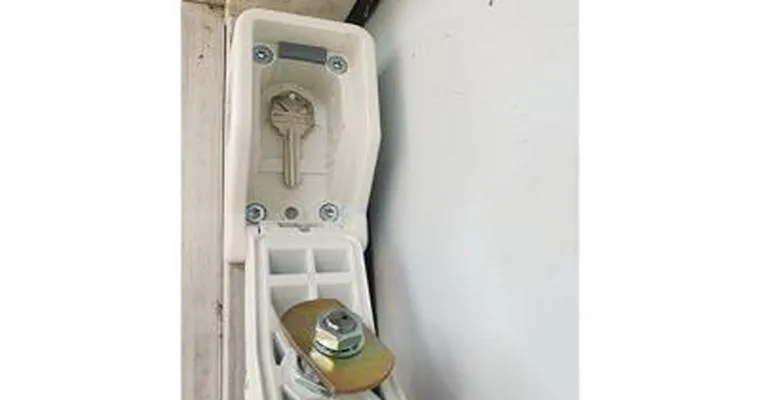Being a "caregiver" is a rewarding yet challenging role that often requires juggling a myriad of responsibilities. From managing medications to coordinating appointments, the demands can be overwhelming. Thankfully, advancements in technology have introduced a variety of "tech tools" that can significantly ease the burden of caregiving. If I had access to these six essential tools during my time as a caregiver, I believe my experience would have been far more manageable and efficient.
1. Medication Management Apps
One of the most daunting tasks for any caregiver is keeping track of medications. "Medication management apps" like Medisafe or MyTherapy provide reminders for dosages and refill alerts, ensuring that loved ones never miss a dose. These apps often include features for logging side effects and tracking health metrics, which can be invaluable during medical appointments.
2. Telehealth Services
The rise of "telehealth services" has transformed the way caregivers manage healthcare. Instead of arranging time-consuming trips to the doctor's office, caregivers can schedule virtual appointments. This not only saves time but also reduces the stress of transporting individuals with mobility issues. Services like Teladoc and Amwell allow for quick consultations and follow-ups, making healthcare more accessible.
3. Smart Home Devices
Integrating "smart home devices" can enhance the safety and comfort of those being cared for. Products like smart speakers, lights, and security systems can be controlled remotely, allowing caregivers to monitor their loved ones' environments. For instance, smart doorbells can alert caregivers if someone is at the door, providing peace of mind while ensuring safety.
4. Caregiver Coordination Platforms
Communication is key in caregiving, especially when multiple family members are involved. "Caregiver coordination platforms" like Care.com or Lotsa Helping Hands streamline the process of organizing schedules and sharing updates. These platforms allow caregivers to collaborate, ensuring that everyone is on the same page regarding care plans, appointments, and daily tasks.
5. Activity Monitoring Devices
For caregivers who need to keep an eye on loved ones, "activity monitoring devices" can be a game-changer. Wearable technology, such as smartwatches or fitness trackers, can monitor vital signs and activity levels. These devices can alert caregivers if there are any significant changes in health or behavior, allowing for timely interventions when necessary.
6. Online Support Groups
Caring for someone can feel isolating, but with the advent of "online support groups", caregivers can connect with others who understand their experience. Websites and forums dedicated to caregiving offer resources, advice, and emotional support. Platforms like Facebook groups or dedicated caregiving websites provide a community where caregivers can share challenges and successes, making the journey a little less lonely.
Conclusion
As technology continues to evolve, the tools available for caregivers become increasingly sophisticated and helpful. Embracing these "tech tools" can make a significant difference in the caregiving experience, providing support, organization, and comfort. If I had these tools at my disposal during my time as a caregiver, I would have felt more empowered and less overwhelmed. Whether you are a current caregiver or preparing for the role, consider integrating these technologies into your caregiving toolkit.





